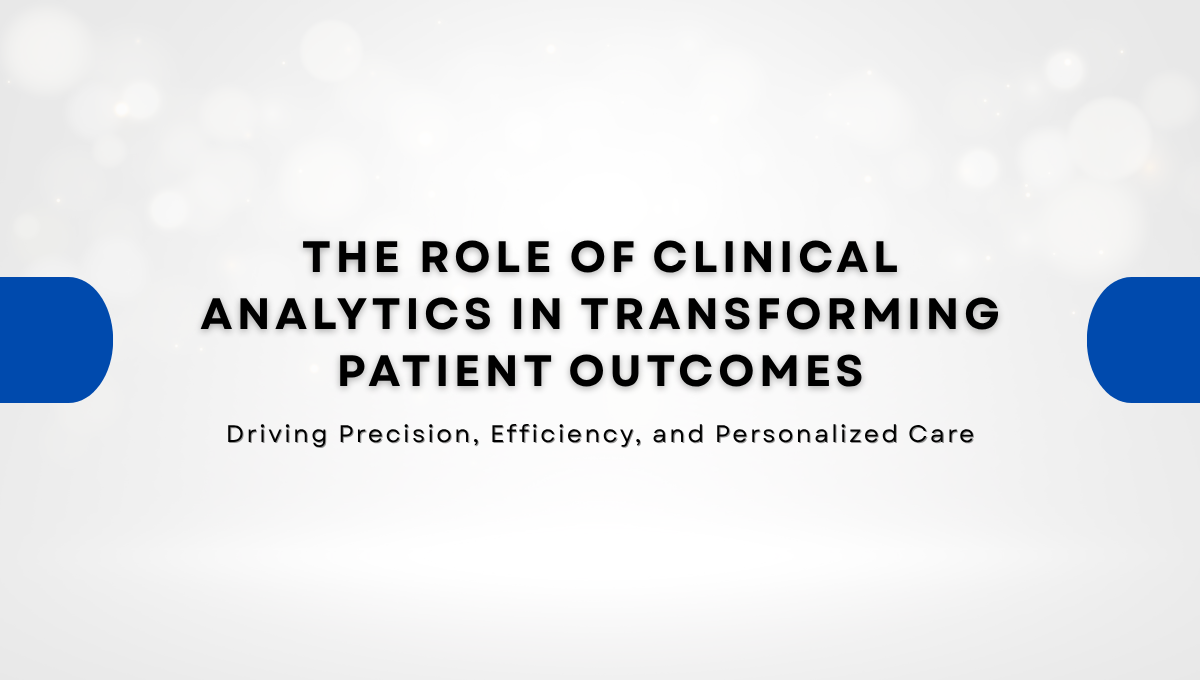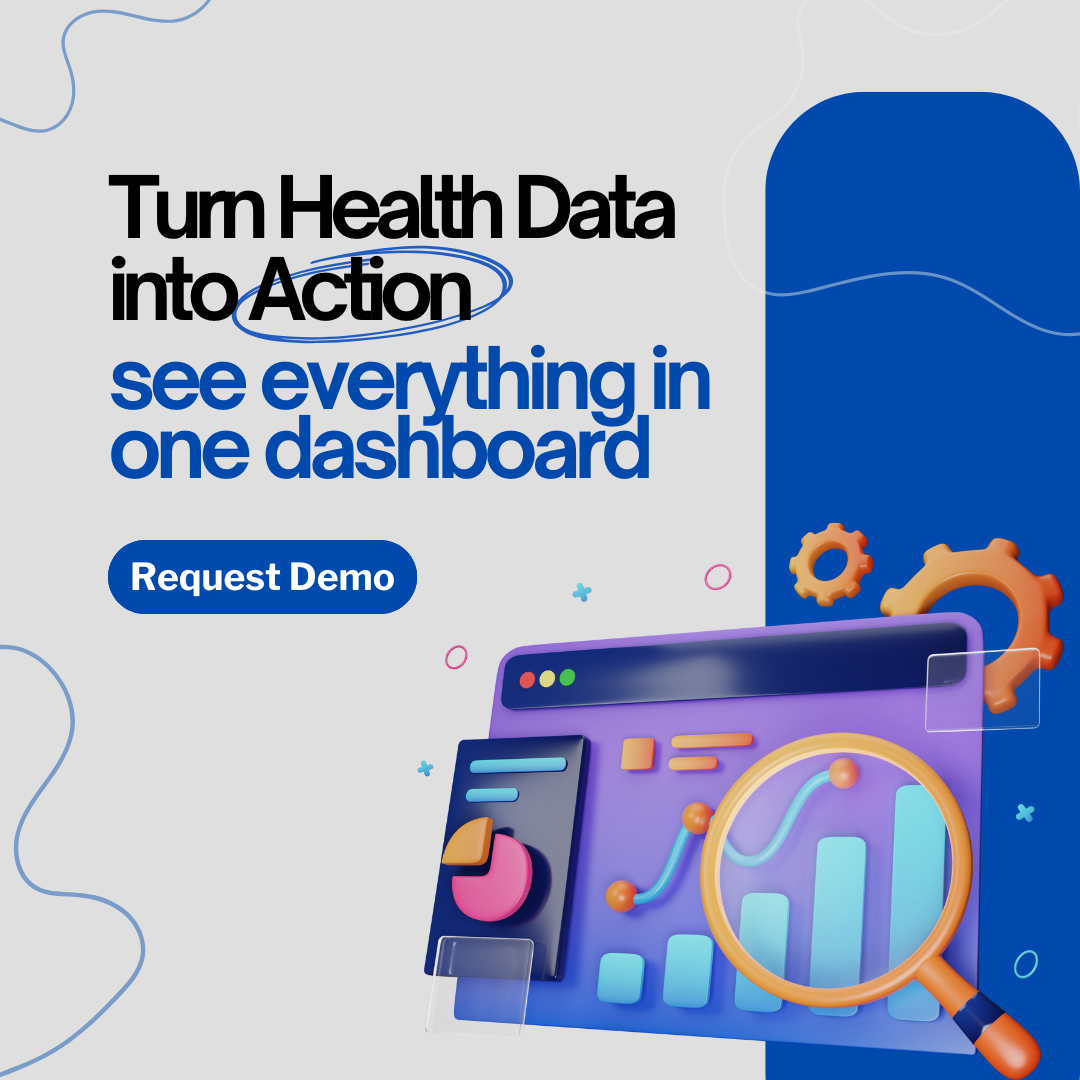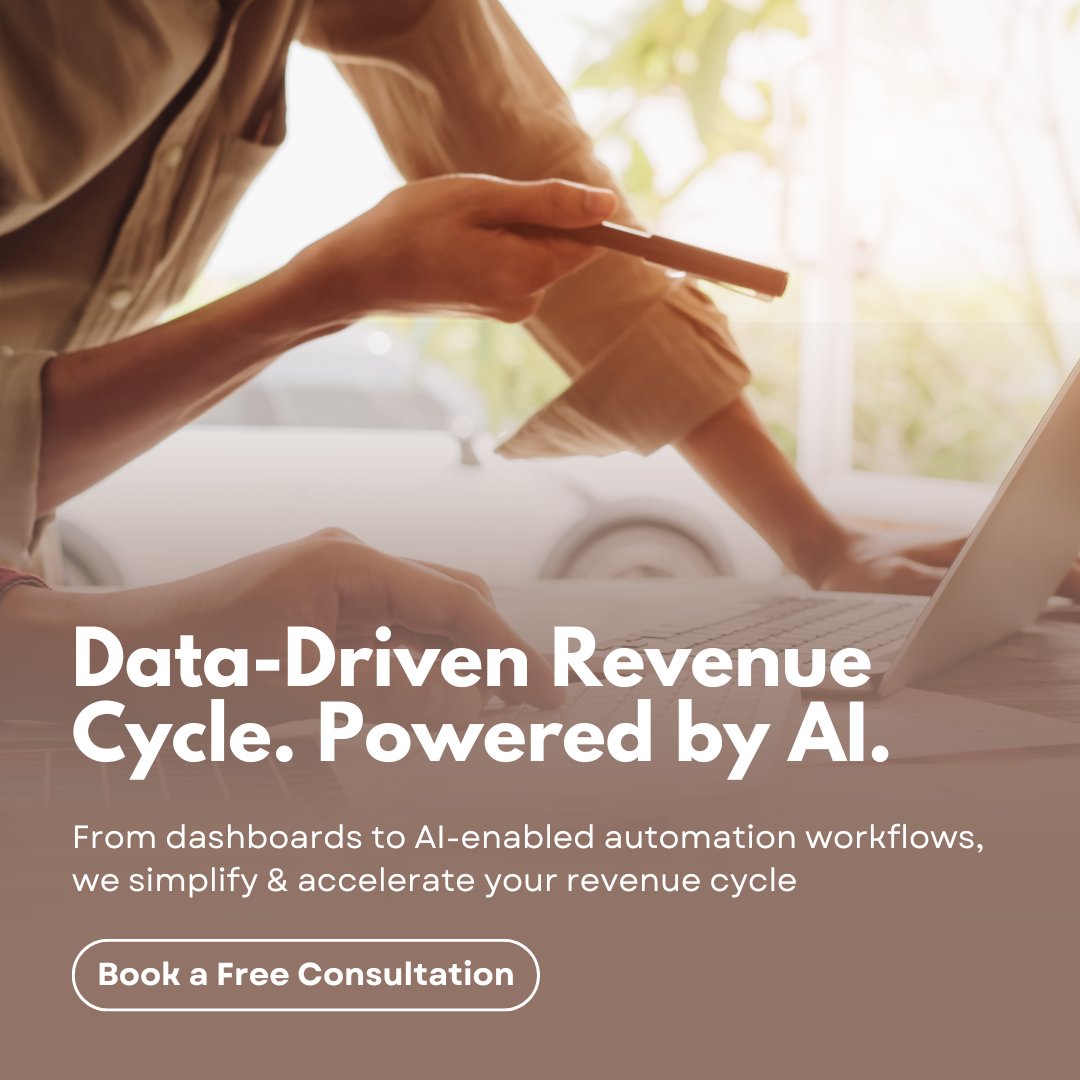Imagine this: a healthcare organization struggling with rising patient readmission rates and ballooning costs. Or a doctor drowning in a sea of patient data – mountains of electronic health records, discharge summaries, and lab results. While this data holds immense potential, extracting meaningful insights often feels impossible. Meanwhile, patients yearn for personalized care, yet too often receive generic treatment plans. This is the reality for many in today’s healthcare landscape. Enter Clinical Analytics – a powerful tool that empowers providers to unlock the hidden value within their data.
Redefining Care with Clinical Data Analytics
Clinical Analytics isn’t just about collecting data; it’s about transforming that data into powerful insights. By leveraging advanced techniques like AI and machine learning, healthcare businesses can uncover hidden patterns, identify patients at high risk, and even predict potential health issues.
This empowers healthcare providers to make more informed decisions, personalize treatment plans, and ultimately improve patient outcomes. Imagine having a super-powered magnifying glass that allows you to see the bigger picture and make the best decisions for your patients’ well-being – that’s the power of Clinical Analytics.
From Insight to Action: The Role of Clinical Analytics in Decision-Making
So, you now have all this incredible data available with you with some amazing insights. Now what? That’s where the real magic happens. Imagine being able to:
Predict which patients are at high risk of readmission: By analyzing crucial factors like chronic conditions and medication adherence, clinical data analytics can identify patients with a high likelihood of hospital readmission. This will enable proactive interventions from healthcare organizations such as care coordination, patient education programs to reduce readmission rates and improve patient outcomes.
Personalize Treatment Plans: No two patients are the same! With clinical analytics, healthcare organizations can tailor treatment strategies based on everyone’s needs and preferences. Analyzing specific information such as genetic, behavioral and clinical data can lead to better clinical outcomes, improved patient satisfaction, and reduced side effects.
Enhance Medical Safety: Medical errors carry significant legal, financial, and reputational risks for healthcare organizations. Clinical data analytics plays a crucial role in mitigating these risks by proactively identifying and preventing potential harm to patients. For instance, it can flag drug interactions, detect allergic reactions, personalize treatment plans, and identify other safety concerns. This allows healthcare providers to make more informed decisions, adjust treatment plans accordingly, and ultimately improve patient safety and overall care quality.
Connecting the Dots: The Challenges and Triumphs of Clinical Analytics
We’ve explored the exciting potential of clinical data analytics, but it’s important to remember that implementing any major change within a complex system like healthcare comes with its own set of hurdles. Let’s explore these and discover how healthcare organizations can overcome them to unlock the full potential of this transformative technology.
1. Breaking Down Data Silos: A Unified Vision for Patient Care
Imagine trying to build a puzzle without all the pieces. That’s often the reality for healthcare organizations grappling with fragmented data. Patient information resides in disparate systems – electronic health records (EHRs), lab results, imaging reports, and more. This data isolation hinders a comprehensive view of patient health and limits the insights that clinical analytics can provide.
To overcome this, organizations must invest in robust data integration tools and strategies such as:
- Centralized Data Warehouses: Creating a secure and centralized repository for all patient data.
- API Integration: Utilizing APIs to seamlessly connect different systems.
- Data Governance: Establishing clear data governance policies to ensure data quality, accuracy, and consistency.
- Fostering Collaboration between IT, clinical, and administrative teams to break down departmental silos and share data effectively.
2. Building Trust: Prioritizing Patient Privacy and Security
Patient data is highly sensitive. Trust is paramount, and any breach of patient privacy can have severe consequences. Implementing robust security measures is crucial to protect patient information and maintain public confidence.
To tackle this, organizations can implement the following strategies:
- HIPAA Compliance by ensuring strict adherence to HIPAA regulations. This means regular audits to identify and address potential vulnerabilities, and a commitment to prioritizing patient privacy in all aspects of operations.
- Advanced Encryption: Encryption isn’t a set-it-and-forget-it thing. The cyber world is constantly evolving, so organizations need to stay on top of the latest security measures. This means regularly updating encryption systems, making sure they have strong key management in place, and always looking for ways to improve defenses against cyber threats.
- Data Access Controls: Giving people the exact access they need is key. By carefully controlling who has access to what information, businesses can minimize the risk of any accidental or intentional data breaches while still making sure the teams have the information they need to do their jobs.
3. Achieving Seamless Interoperability: Speaking the Same Language
Imagine healthcare providers speaking different languages. That’s often the reality with different systems and data formats. Lack of interoperability hinders data exchange and collaboration, hindering effective patient care.
To address this challenge:
- Invest in interoperable solutions that act like bridges connecting different systems, allowing to easily share and access information.
- Embrace standards like FHIR provide a common language for healthcare data, allowing different systems to “understand” each other. By adopting these standards, businesses can break down the communication barriers and ensure that patient information flows smoothly between different providers and systems.
By investing in data integration, prioritizing patient privacy, and embracing interoperability, healthcare organizations can unlock the full potential of clinical data analytics and deliver better, more informed patient care.
Unlocking the Future: Clinical Analytics Trends to Watch Out For
The future of clinical analytics is bursting with possibilities, with several emerging trends poised to revolutionize how organizations deliver healthcare.
1. AI-driven Insights: Based on studies, AI in healthcare (worldwide) was estimated at USD 19.27 billion in 2023 and is expected to reach a projected revenue of US$ 208,225.9 million by 2030. The healthcare industry’s CAGR is expected to be 37.5% from 2024 to 2030. Imagine AI sifting through mountains of data to uncover hidden patterns and predict potential health risks. Artificial intelligence and machine learning are revolutionizing clinical analytics by enabling faster, accurate diagnoses and deeper insights.
2. Real-Time Data Integration: Wearable devices and the rise of IoT are opening up a world of remote patient monitoring. Imagine a future where your health data is constantly monitored, allowing for early detection of potential problems and more proactive interventions. Wearables are set to reduce hospital costs as much as 16% by 2027 and poised to deliver global cost savings of about $200 billion in the health care sector.
3. Value-Based Care (VBC) Models: The focus is shifting from simply providing services to delivering value for patients. Clinical data analytics plays a crucial role in this shift, helping businesses understand what truly matters to patients and identify the most effective ways to improve their health. According to reports, the U.S. value-based healthcare service market size is expected to grow at a CAGR of 7.4% from 2025 to 2030. Based on data from Centers for Medicare & Medicaid Services (CMS), the VBC model has seen a 25% increase in healthcare provider participation from 2023 to 2024.
How can VNB Health help with your Clinical Analytics Needs?
We believe that data should empower organizations, not overwhelm them! Our Clinical Analytics solution empower you to unlock the full potential of your data. This data-driven approach helps to enhance patient care, optimize resource allocation and reduce costs.
We believe that data-driven healthcare is the future, and we’re committed to helping you build a brighter future for your patients. Get in touch with our experts today!




